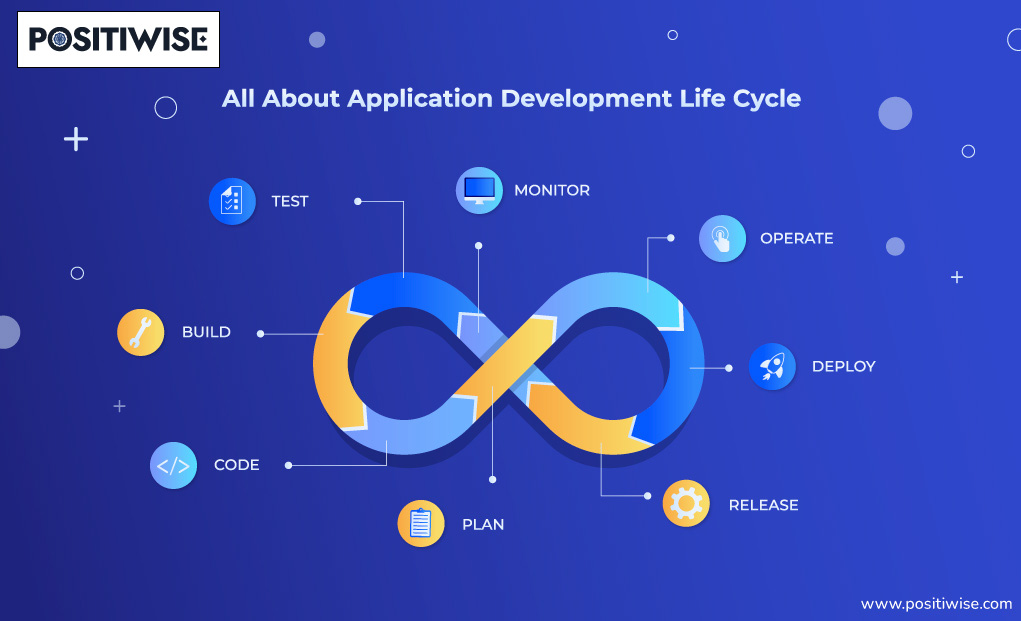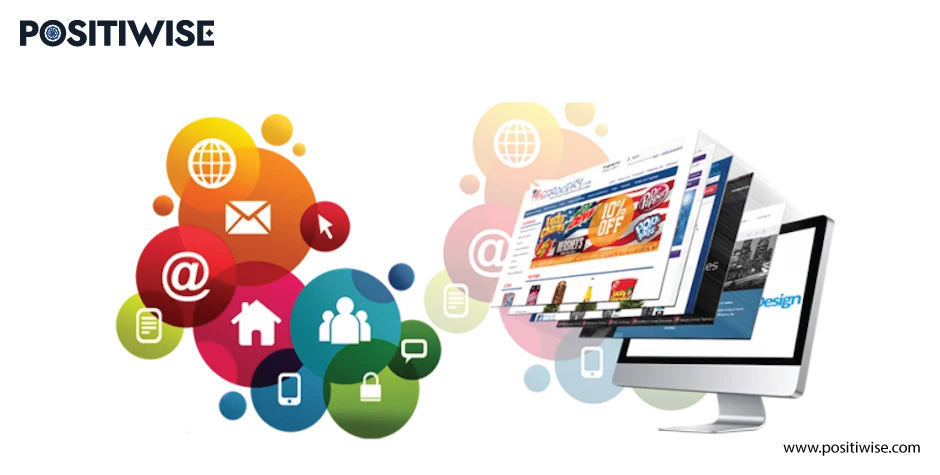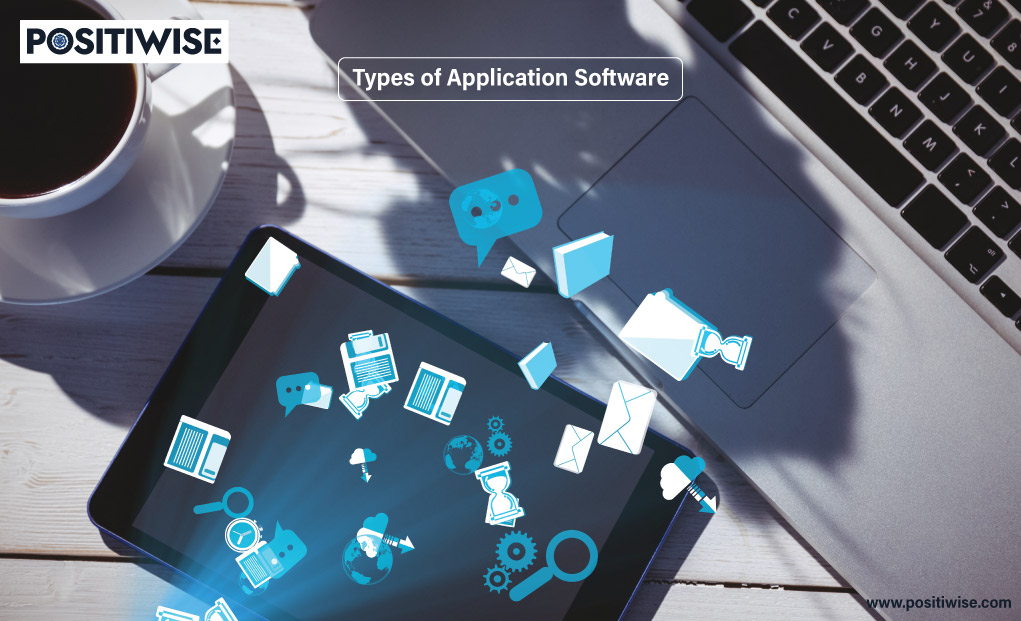Quick Overview:
The App Development Life Cycle(ADLC) is a framework that guides the development process. It has all the necessary steps taken to create a high-quality software product that meets the needs of the end users. The actions and activities included in the app development life cycle can vary depending on the type of application and the development methodology used.
Still, common ones include requirements gathering and analysis, design, implementation or coding, testing, deployment, and maintenance. Throughout the ADLC, development teams work closely with stakeholders to ensure the software application meets their needs and is delivered on time and within budget. This article will teach you about App Development Life Cycle(ADLC).
What are the Phases of Application Development Life?
The application development lifecycle is a full-fledged procedure that starts from planning and designing the app to deploying and maintaining it in the future. Further, the primary phases of ADLC (Application Development Lifecycle) are inclusive of the following:
- Phase 1: Requirements Gathering and Analysis
- Phase 2: Design
- Phase 3: Implementation of Coding
- Phase 4: Testing
- Phase 5: Deployment
- Phase 6: Maintenance
Phase 1: Requirements Gathering and Analysis
It’s the first phase associated with the app development lifecycle. At this stage, the development team collaborates with the primary and secondary stakeholders to collect information about their requirements. Various methods, such as interviews, discussion sessions, and surveys, are conducted to get the most accurate data.
Further, information about project cost and timeline also gets discussed with the client. Once all the data is handy with the development team, they define the project objective. And the budget, timeline, and all other details get shared with the customer. In addition, the final expected output, agreement conditions, and all other documents are generated before moving to design.
Phase 2: Design
At this phase, web and graphic designers come into action. By analyzing the gathered information, they started to develop multiple application designs. For instance, designers create app designs with color combinations, icon styles, fonts, animations, and more. Once the plans are ready, they get shared with the client for approval.
After receiving the confirmation for the front-end design, the architecture design begins. It includes creating flowcharts and outlining functional and non-functional features to optimize the user experience. In addition, if the client has specific design needs, it only gets implemented at this stage. Once the team finalizes the designs, coders and programmers come into play.
Phase 3: Implementation of Coding
When the developers receive designs, they start writing a codebase for turning the application into reality. Programming languages, databases, APIs, security mechanisms, and all other components are used per project requirements. Primarily, you would see developers using .NET, Python, Java, Kotlin, SQL, Swift, ASP.NET, Flutter, Angular, or something similar.
In addition, unit testing also gets performed during the development phase, as it’s the responsibility of developers. When hiring an app developer, ensure the person knows how to conduct unit testing. It will help to efficiently structure the codebase, remove additional bugs, and eliminate misconfigurations. By the end of this phase, your application gets ready, providing functional requirements. However, before its release, it has to undergo testing.
Phase 4: Testing
Testing is one of the most critical phases of every software and application development lifecycle. It aids in providing deep insight into the application’s functionality, stability, working of security mechanisms, and overall quality. At this stage, numerous tests are conducted, such as:
- Black Box Testing
- White Box Testing
- Grey Box Testing
- Usability Testing
- Localization Testing
- Memory Leak Testing
- Security Testing and more
If the application passes all the tests, the development team moves it to the next phase. Otherwise, testers create the report and share it with developers to make relevant changes. Further, after modifications, testers again test the application. And if everything goes well, the software gets signed for deployment.
Phase 5: Deployment
It gets deployed or made available for end users after successful application testing. The overall deployment process includes packing all the software files and hosting them on a server to distribute them among the customers. At this phase, the development team configures a hosting service on their proffered server, through which users can access the app, download it, and install it on their devices.
Furthermore, if the app is for internal use or specific stakeholders, they also receive training. Also, if the client wants, the app gets published on numerous online stores, such as Play Store, App Store, and Windows Store.
Phase 6: Maintenance
The application development lifecycle doesn’t end, as maintenance is a continuous procedure. It remains in action until the application is live or in use. Maintenance includes frequent testing of the application, analyzing its performance, and pushing relevant updates. Primarily, apps receive security updates to comply with industry and government regulations.
Further, the development team monitors the application and takes action if anything suspicious gets detected. The primary aim of maintaining an application is to retain its performance, quality, and data security. Besides, customer feedback gets analyzed to develop new features, leading to improved user engagement and satisfaction rates. If you avail of software development services, ensure dedicated support and maintenance services are included.
Developer’s Role in Application Development Life Cycle
Developers play a crucial in the Application Development Lifecycle. They participate in the initial phase, i.e., requirement gathering and planning to collect the required information for developing the application. In addition, developers constantly collaborate with the designers to outline a reliable app design.
Further, when it comes to the coding phase, developers are the primary stakeholders. They utilize their frontend and backend development skills to curate the complete application. Developers do it supremely, whether it’s about writing code using .NET, Kotlin, Angular, Java, Flutter, React, Swift, or any other programming language. Also, they embed databases and conduct unit testing to ensure that the app is free from bugs and errors.
During the deployment phase, developers also work with system and server administrators to host the application for end-users. And they also perform the code signing to prevent hackers from reading and modifying the source code.
Once the application is deployed, a dedicated team of developers is assigned to provide support services. It includes constant app monitoring, analyzing logs, and pushing relevant updates to the application. Whenever you hire an app developer, ensure that all such services are available to complete your app development streamlined and efficiently.
Develop .NET Web Application with ASP.NET Technologies
Bring your web app ideas to ASP.NET development experts. Hire our skilled .NET developers to build secure, scalable web & desktop web applications.
Conclusion
The app development lifecycle is a streamlined approach that supports curating a secure and stable application. It includes six phases: data gathering, designing, development, testing, deployment, and maintenance. All the phases take the output of the previous phase as its input.
Such a development lifecycle helps define the project goals, finalize the app design, and efficiently code and release a secure application for end-users. In addition, it also focuses on maintenance to support the app for an extended period.
Expert in Marketing Strategy and Brand Recognition
Jemin Desai is Chief Marketing Officer at Positiwise Software Pvt Ltd, he is responsible for creating and accelerating the company’s marketing strategy and brand recognition across the globe. He has more than 20 years of experience in senior marketing roles at the Inc. 5000 Fastest-Growing Private Companies.






